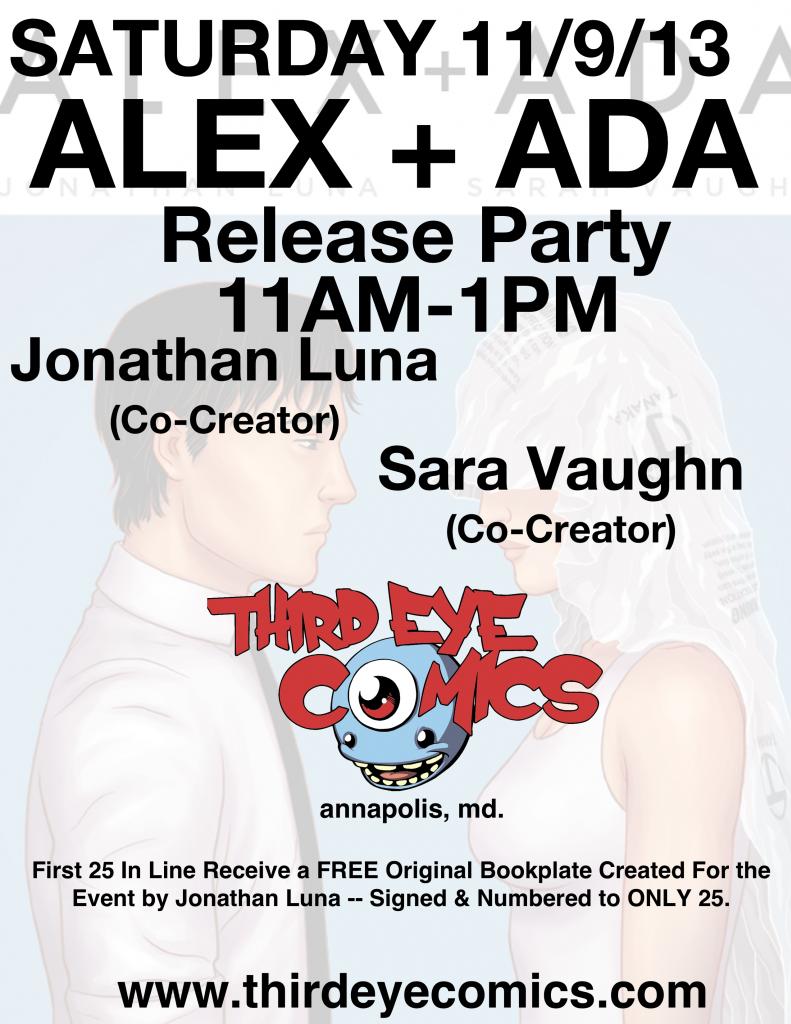New Research at The John W. Kluge Center
Topic: The Art of Paper Money
Scholar: Amanda Lahikainen, Kluge Fellow
November 7, 2013
What roles have artists and printmakers played in the normalization of paper money?
Art historian Amanda Lahikainen, Kluge Fellow at The John W. Kluge Center, is researching the responses of British artists and printmakers to the introduction of paper money in England while at the Kluge Center.
Lahikainen has spent the past six months as a scholar-in-residence at The John W. Kluge Center at the Library of Congress. She is looking at the ways in which print artists in England satirized the introduction of paper money and the ways in which art may have helped enable paper money to become normalized in society more broadly.
"Satire responds to important events. One of those important events was the increased use of paper money in England in 1797," Lahikainen says. "Prime Minister William Pitt declared paper money the de facto currency. Suddenly, people could no longer bring credit instruments to the bank and exchange it for gold. The result was great unease and distrust."
British satirists responded with grotesque and scatological imagery deriding the new system. Some produced imitation, satirical bank notes that challenged the trust in the new currency. A few supported the new instruments. But in all cases, Lahikainen says, the work of satirists helped to normalize a paper money system backed by trust and not by bullion.
"Even when they're mocking the currency, they're also helping people grow more accustomed to it," Lahikainen says. "This early period of paper money offers an important glimpse into how the process of naturalization took place—a naturalization we take for granted today."
Among the satirists Lahikainen is researching is little-known engraver John Luffman. Luffman began printing satirical bank notes in 1803, and his notes were re-printed in 1818. The Library of Congress has one of the preeminent collections of satirical banknotes in the world, including Luffman's.
Lahikainen recently shared examples of British satirical bank notes with researchers at the U.S. Department of the Treasury. "They were unfamiliar with this tradition, and it was wonderful to hear their responses," she says. "We then spoke about the definition of money more broadly. It was a great discussion."
Lahikainen is in residence at the Kluge Center through December.
Upcoming Events with Amanda Lahikainen
Graphic Satire, Paper Money and the Art of Engraving in Britain, 1797-1821
with Amanda Lahikainen, Kluge Fellow
Thursday, November 14 at 12:00 pm in room LJ-113
Amanda Lahikainen, Assistant Professor of Art History at Aquinas College, on the connections between art and money, and how graphic satires and satirical banknotes reflected and helped produce the changing cultures of paper money and engraving in England.













